TALK STORY
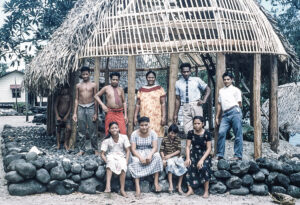
Samoa missionary helps secure ‘afa for PCC
In the early 1960s, while serving in the Sāmoa Apia Mission, Elder Ron Haymore helped fulfill a unique request from the Polynesian Cultural Center—to acquire authentic ‘afa, the coconut fiber cordage traditionally used to lash wooden structures. Under Mission President John Phillip Hanks’ direction, Elder Haymore traveled across Upolu with local matai, visiting villages and gathering coils of ‘afa. His small but meaningful effort became part of the PCC’s early construction legacy, connecting craftsmanship and culture across the Pacific.
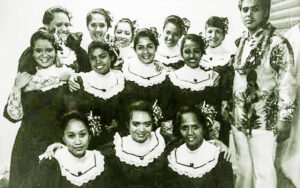
PCC’s hālau hula, Hui Hooulu Aloha, holds reunion
Over 200 former members of the Polynesian Cultural Center’s hālau hula, Hui Ho‘oulu Aloha, gathered in Laie on August 16, 2025, for a heartfelt reunion celebrating over 40 years of hula legacy. Founded in the early 1980s under kumu hula Cy Bridges, Keith Awai, Enoka Kaina, and “Uncle Bill” Wallace III, the group once competed at Merrie Monarch and other festivals. The reunion, filled with song, stories, and impromptu hula, honored past members and rekindled cherished bonds.
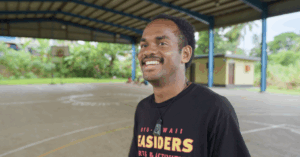
Timoci Kean: Competing in Life
Growing up in one of Suva’s toughest neighborhoods, Timoci (Jimmy) Kean learned that “We love to compete” wasn’t just about basketball—it was about life. Facing poverty and constant temptation, Jimmy found strength through faith, education, and opportunity. His journey from Raiwaqa to BYU–Hawaii and the Polynesian Cultural Center is a powerful story of resilience and transformation.
Atea Lee Chip Sao: Dancing Against the Odds
Tahitian dancer Atea Lee Chip Sao turned every challenge into a stepping stone. From his first lūʻau performance to earning a spot in HĀ: Breath of Life at the Polynesian Cultural Center, his journey reflects determination and faith. Inspired by his mission in Fiji, Atea rediscovered pride in his Tahitian roots and culture. Today, he continues to tell stories through dance and photography, sharing the same passion, expression, and connection that shaped his path.
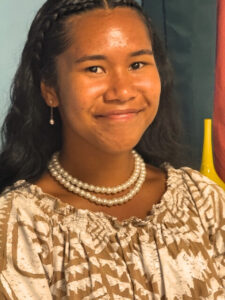
Josephine’s Cultural Journey
When 22-year-old Josephine St. John left her home in Labasa, Fiji, to begin her studies at BYU–Hawaiʻi, she thought she was simply chasing a dream of higher education. What she didn’t know was that her arrival would be captured on camera and later featured in Sharing Aloha—a 95-minute documentary unveiling the behind-the-scenes world of the Polynesian Cultural Center.
From her family in Fiji selling palusami and root crops cooked in a traditional lovo to raise her airfare, to learning how to balance studies with PCC work, Josephine’s story embodies sacrifice, resilience, and the power of shared culture. Sharing Aloha not only follows her journey but also shines a light on how the PCC preserves Polynesian traditions while providing life-changing opportunities for students like Josephine.
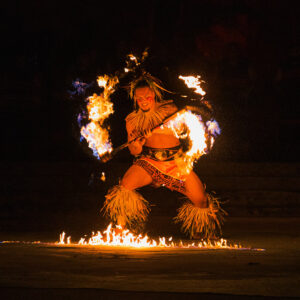
The Fire Knife Hook
Blazing blades slice through the night as fire knife warriors take the stage, their every thrust, twirl, and daring toss igniting the crowd’s awe. Rooted in ancient Samoan tradition, the nifo ‘oti—the “tooth of death”—was once a fearsome weapon of war. Today, it burns bright in the hands of modern competitors who have trained for years to master its dangerous beauty. With real knives and real fire, contestants must blend raw athleticism, technical precision, and cultural authenticity. As legendary emcee Kap Tafiti quips, “We’re the only culture that gives a kid a knife and fire and tells them to go play.” What began in 1993 on the Polynesian Cultural Center stage has since become the world’s most electrifying display of courage, skill, and living tradition.
